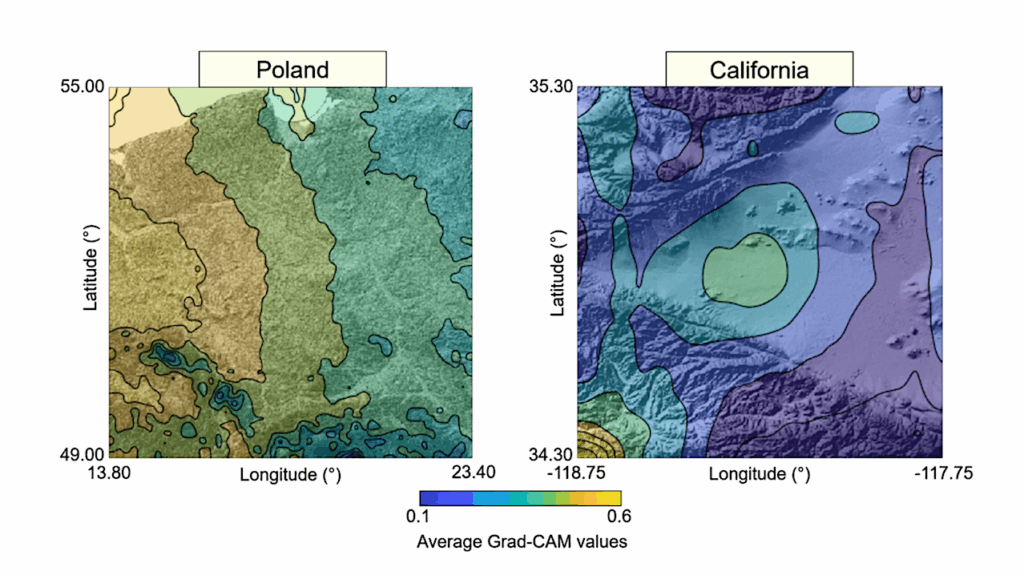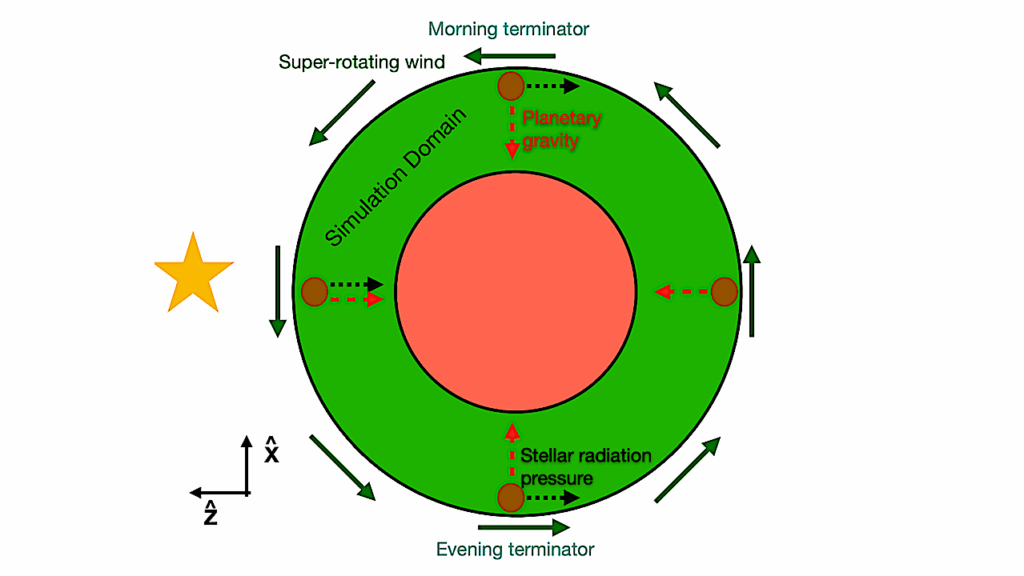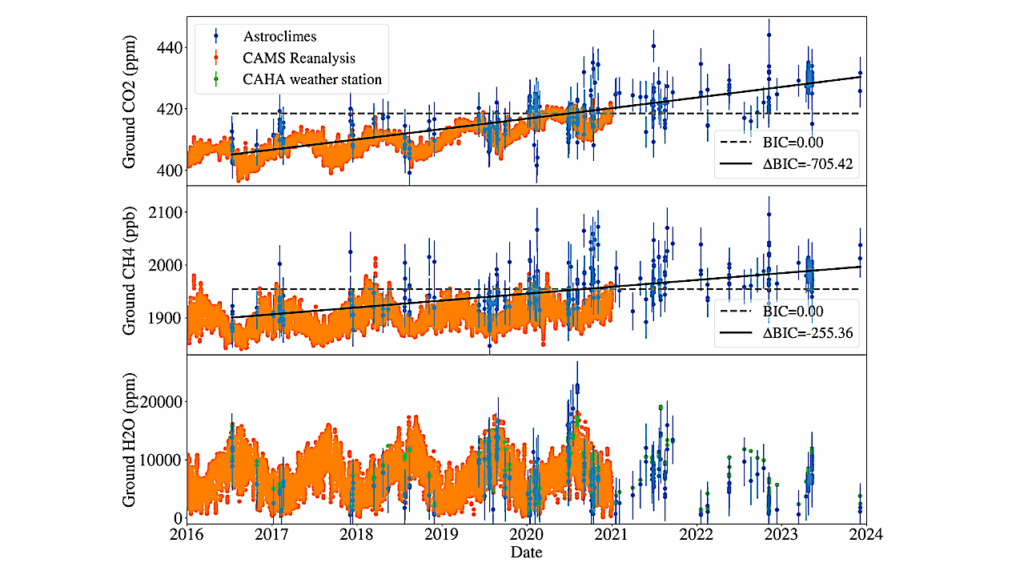Possibilities for an Aerial Biosphere in Temperate Sub Neptune-Sized Exoplanet Atmospheres

The search for signs of life through the detection of exoplanet atmosphere biosignature gases is gaining momentum. Yet, only a handful of rocky exoplanet atmospheres are suitable for observation with planned next-generation telescopes.
To broaden prospects, we describe the possibilities for an aerial, liquid water cloud-based biosphere in the atmospheres of sub Neptune-sized temperate exoplanets, those receiving Earth-like irradiation from their host stars. One such planet is known (K2-18b) and other candidates are being followed up. Sub Neptunes are common and easier to study observationally than rocky exoplanets because of their larger sizes, lower densities, and extended atmospheres or envelopes.
Yet, sub Neptunes lack any solid surface as we know it, so it is worthwhile considering whether their atmospheres can support an aerial biosphere. We review, synthesize, and build upon existing research. Passive microbial-like life particles must persist aloft in a region with liquid water clouds for long enough to metabolize, reproduce, and spread before downward transport to lower altitudes that may be too hot for life of any kind to survive. Dynamical studies are needed to flesh out quantitative details of life particle residence times.
A sub Neptune would need to be a part of a planetary system with an unstable asteroid belt in order for meteoritic material to provide nutrients, though life would also need to efficiently reuse and recycle metals. The origin of life may be the most severe limiting challenge. Regardless of the uncertainties, we can keep an open mind to the search for biosignature gases as a part of general observational studies of sub Neptune exoplanets.
Sara Seager, Janusz J. Petkowski, Maximilian N. Günther, William Bains, Thomas Mikal-Evans, Drake Deming
Comments: Published in Universe: this https URL
Subjects: Earth and Planetary Astrophysics (astro-ph.EP)
Journal reference: Universe, 7(6), 172 (2021)
DOI: 10.3390/universe7060172
Cite as: arXiv:2106.07729 [astro-ph.EP] (or arXiv:2106.07729v1 [astro-ph.EP] for this version)
Submission history
From: Janusz Petkowski
[v1] Mon, 14 Jun 2021 19:46:58 UTC (1,665 KB)
https://arxiv.org/abs/2106.07729
Astrobiology








